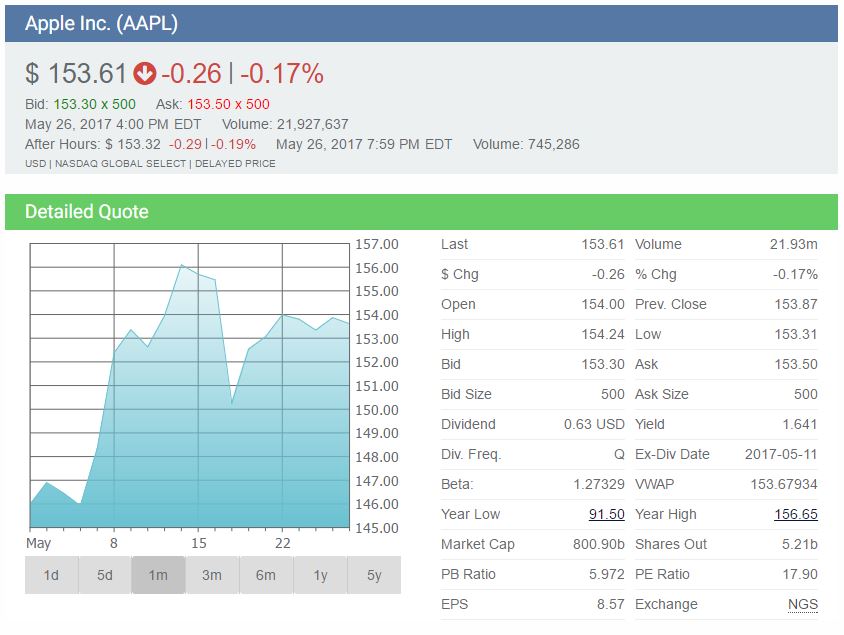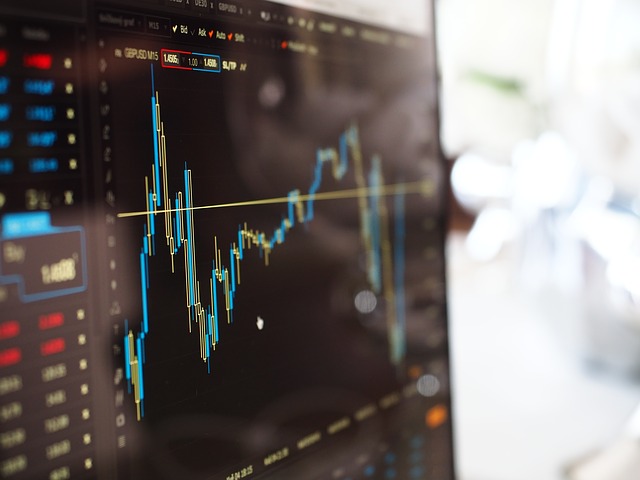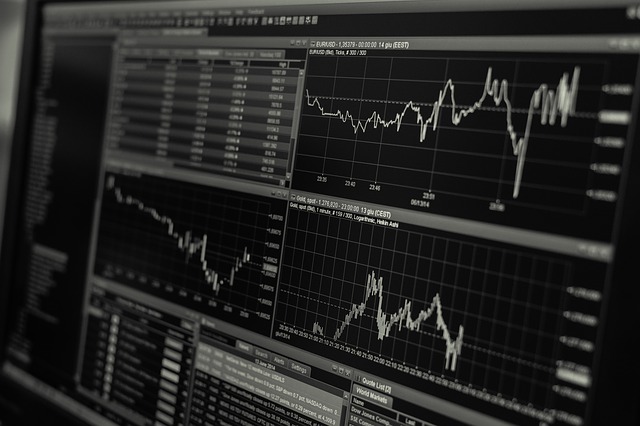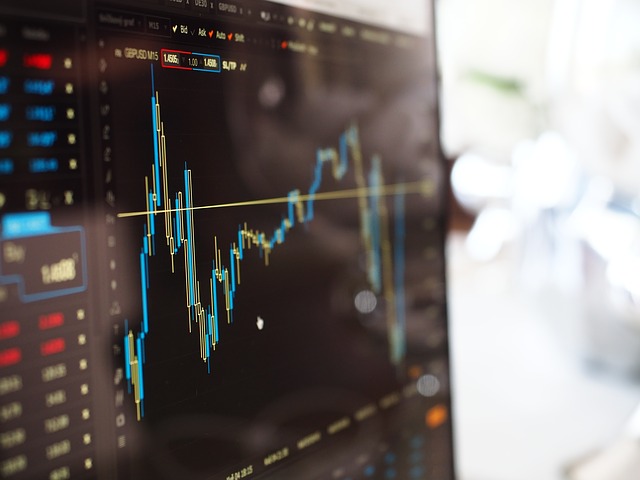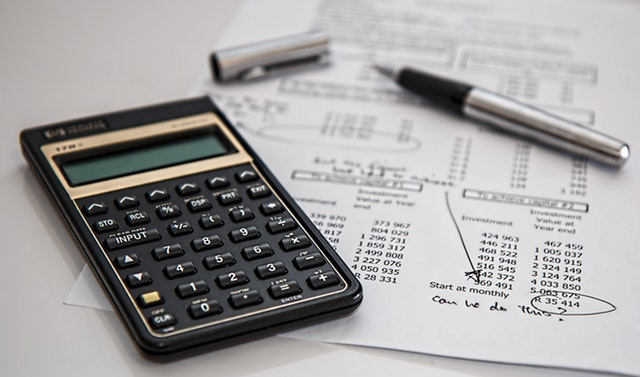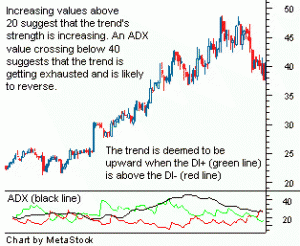The average individual investor is saving for retirement, a house, travel money, or some other goal. They want some certainty that the money they put back now will be there when they need it. Because of this, it is important not only to analyze the opportunity an investment represents, but also the risk. Your ideal investment or investment portfolio gives you the most opportunity for the risk you can bear. In this sense, it is important to understand the risk inherent in an investment before you look for the opportunity. Unfortunately, the average investor does not understand risks even on a basic level. Most individual investors do not look at risk in any objective way. They base their decisions on perceptions and fear. They think things like “Google is popular, the stock won’t go down” and “Lehman Brothers has been around as long as I can remember, it seems like they’re pretty stable.” In a best-case scenario they will look at the beta of a stock. Unfortunately beta is a measure of volatility and is a poor substitute for analyzing risk. Even more importantly, beta is always a historical figure and does not in any way represent what might happen tomorrow. Though investors often do not analyze it, most do realize there is risk inherent in investing. Let’s look at the various types of risk investors face:
Market Risk
The risk most are familiar risk is Market Risk. Market risk is the risk that the market changes it’s perception of value for a particular investment. This risk is one of the most important risks when it comes to stocks, options, and commodities. This is exhibited clearly with the daily changes in share prices for any publicly traded stock. This risk can be analyzed by looking at the factors making up the perceived value of the investment. You would then determine how accurate these assumptions are and how they might change in the future. Some of these factors include earnings, dividends, growth, and perceived opportunities.
Default Risk
Another important risk that many people are familiar with is Default Risk. This comes into play more with debt investments than equity. Bonds, for instance, all carry the risk that the issuer will not be able to make a payment when it is due. The primary factor in default risk is cash flow, which can be different from income or revenue. If you own a bond that an issuer does not have the cash to pay, you would lose your accrued interest and principle. Default risk also has an indirect but important effect on stock equity investments because default on debt can put a company into bankruptcy. In bankruptcy, the debt holders get paid before equity holders. As a result the stock will generally be worth less after a default and can in extreme cases lose all of its value. Diversification is very important in reducing the effects of default risk.
Interest Rate Risk
Interest Rate Risk is another risk that affects primarily bonds. The price for a bond can be easily estimated by determining the required rate of return (yield) and adjusting the price to bring the yield in line with what is required. In practice, this means that with the exclusion of other factors, when interest rates fall, bond prices go up. When interest rates rise, prices go down. This is particularly important when we are at historically low interest rate levels. Low risk bonds that were purchased several years ago at higher yields are now selling at significant premiums, netting their sellers significant gains. Today’s buyers will have the opposite effect buying when rates are low. As rates rise, the prices they can sell at will drop. This is very important to institutional buyers but often overlooked by individuals trying to buy into something “safe.”
Opportunity Risk
Opportunity Risk is the risk that by buying one investment, you are reducing the amount of money you have to invest elsewhere. This means that when you consider investing in Google (GOOG), for instance, you are giving up the opportunity to invest the same money in Apple (AAPL). One is likely to gain more or lose less than the other, so you are forgoing the opportunity for that gain by buying one over the other. You can reduce this risk with careful research or diversification.
Liquidity Risk
Liquidity Risk is somewhat related to opportunity risk, though in a somewhat more tangible way. This is simply the risk that you will not have money available at the time you need it. It may be that a CD has a significant penalty to be broken or it may be that a bond is not heavily traded and cannot be sold for a fair price in the open market. Your best yield would be to wait until maturity, but the risk is that you will need it sooner.
Inflation Risk
Inflation Risk is one of the risks most overlooked by so-called conservative investors. This is the risk that returns on your investment will be lower than the rate of inflation. This results in having less purchasing power at the end of an investment period than at the beginning. Because this doesn’t show up clearly in the dollars and cents of an investment, people easily discount its importance. If you invest money for retirement today, you hope to be able to spend the same amount in the future. The reality is that if you invest in a security that does not exhibit the other risks discussed but yields only 1% in a world with 3% inflation, you will effectively have less than you invested to spend in retirement. It is dangerous to discount this risk because you will end up with less market and default risk at the expense of inflation risk.
Systemic Risk
Systematic Risk, Political Risk, Event Risk and Country Risk are all similar in that they refer to risks outside the control of the investor or the company to control. They represent the risk that something will happen in the external environment to change the value of an investment. A major hurricane or flood is an event risk closely related to real estate or insurance investments. When Katrina hit Louisiana, a number of insurance companies took bigger losses than investors expected them to take, reducing the value of investments in those companies. Health related investments are facing political risks right now in the form of health reform. It is currently unclear how any potential reforms will affect profitability for hospitals or insurers. There is a risk that the changes will make investments in health companies will be adversely effected.
Summary
These are the major risks associated with investing and can be found in most investments. Favorable trade-offs between these risks is important when picking the right portfolio for your needs. It is important to understand, for instance, that while Treasury Bonds have low default and market risk components, they have higher inflation, opportunity, and interest rate risks. It is dangerous to invest without concern for these risks, or to ignore risk altogether. An investor that is well informed of all the investment risks will be able to make better decisions with his/her money.






